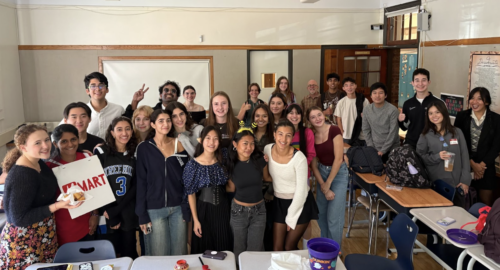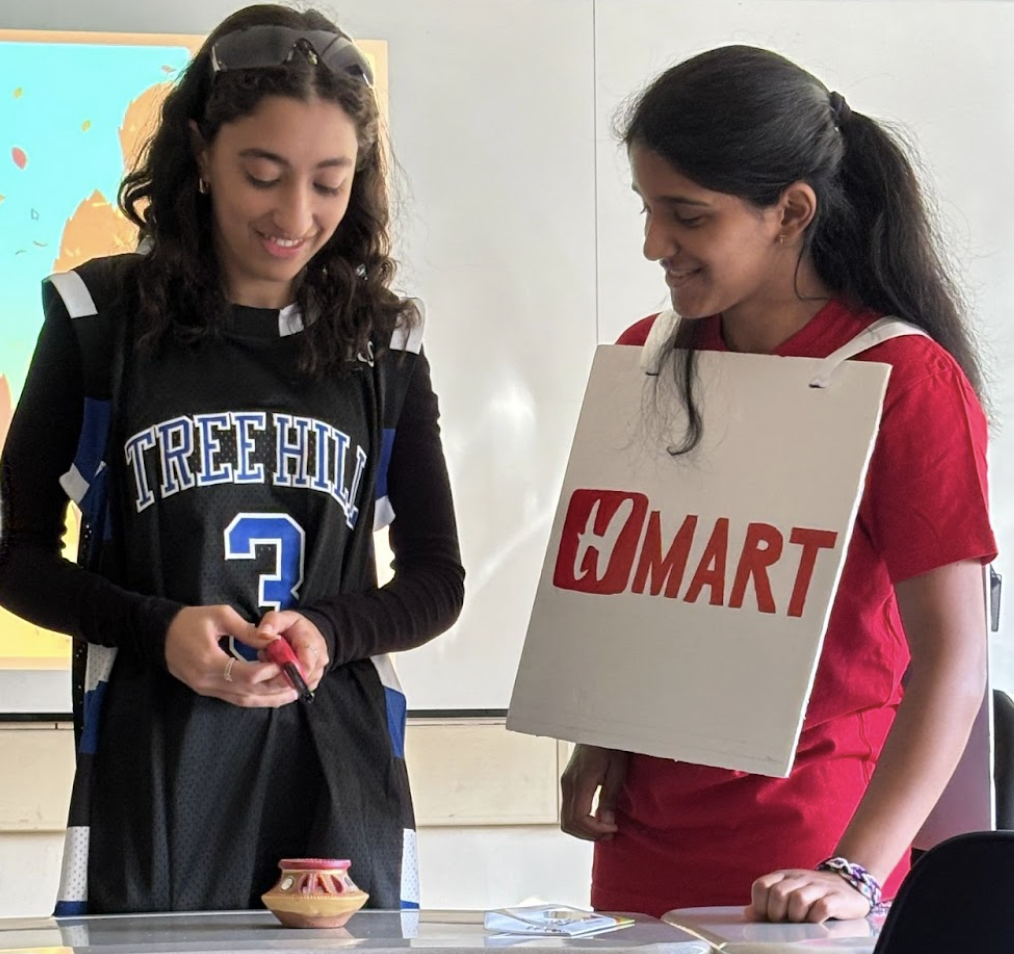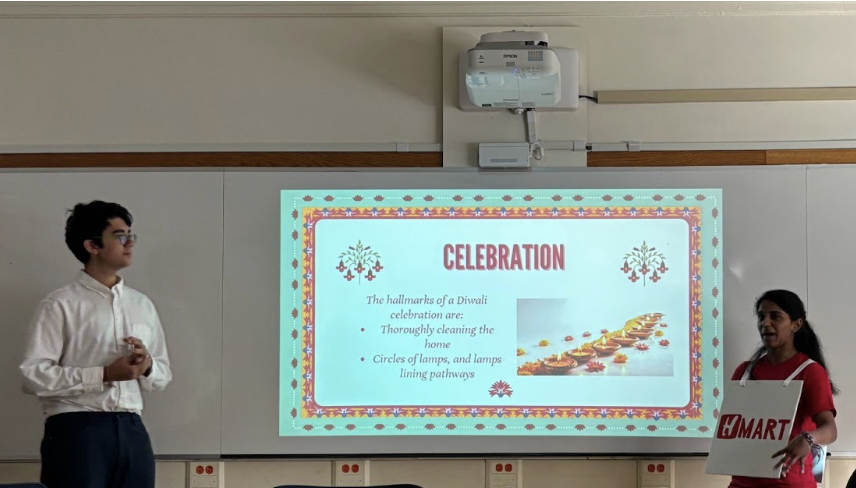Diwali is the only Indian holiday I celebrate. While rooted in Hinduism, it has crossed both cultural and national boundaries. Some of my first memories are from my family’s Diwali celebrations, gathering with my friends to perform the story I grew up listening to. Our productions were non-traditional, featuring lightsabers instead of swords. Then again, we were five-year-olds. The story of Diwali goes like this:
The King of Ayodhya’s third wife wanted her son to be his successor. She succeeded in banishing the favored son (from his first wife) for 14 years. During their exile, Sita – the wife of the favored son – was kidnapped by a king from a neighboring kingdom. An epic fight with the help of a monkey god Hanuman resulted in her rescue. This fight was always my time to shine during our productions, playing both hero and villain.
At the end of the exile, the favored son and his wife journeyed back to Ayodhya on the darkest night of the lunar calendar. They believed no one would remember the date of their return. As they approached Ayodhya, they saw the streets lined with hundreds of diyas (traditional oil lamps). These were lit by the villagers, who excitedly welcomed them back and celebrated the triumph of good over evil.
When I became a leader of the South Asian Affinity Group (SAAG) two years ago, only two students attended meetings – I was one of them! Today, these numbers have increased significantly. As a first-generation Indian-American, I hope to bridge the gap between American and Indian cultures.
Asian American Community Together In Visibility and Equity (ACTIVE) proposed a collaboration to celebrate Diwali. Based on our struggle to get students to attend the South Asian Affinity Group (SAAG), we were skeptical of how many people would show up. We still put our heart and soul into the preparations and decided to make it a schoolwide event to raise awareness of the holiday. We even threw in a food prize to increase participation!
When the day finally came – Thursday, October 31 – we gathered in room 514. Even before the event started, students began streaming in. Soon, we had a full house, with kids from all four grades and teachers from all departments.
Our event participants quickly ate our snacks– Parle G biscuits, staples of Indian grocery stores. My co-leader Kiran Gangadharan (Form V) and I presented a slideshow to the group, which told the story of Diwali and the celebrations of the holiday. The respectful atmosphere during our presentation transformed into one of friendly competition during our Kahoot. Uma Couchman (Form VI) won the Kahoot and lit a diya in celebration. After, we gave out bindis–decorative pieces of jewelry traditionally worn by women.
Source: Kevin Nam
This was the first Diwali celebration at Fieldston of its kind where students and faculty of different backgrounds came together to celebrate one tradition. Greta Eikermann (Form VI) had never been to an ECFS cultural event before our event. She said she found it meaningful and felt it brought community to the high school.
Lily Saal (Form VI) had been to a few cultural events aligning with her identifiers, and she loved the inclusivity of this celebration. She said she felt it was a refreshing change of pace as students came together to learn about a new culture. When asked whether Fieldston should do more events like the Diwali celebration, Saal replied, “100,000%,” adding, “Fieldston students want to celebrate each other. The turnout speaks for itself.”
Source: Kevin Nam








